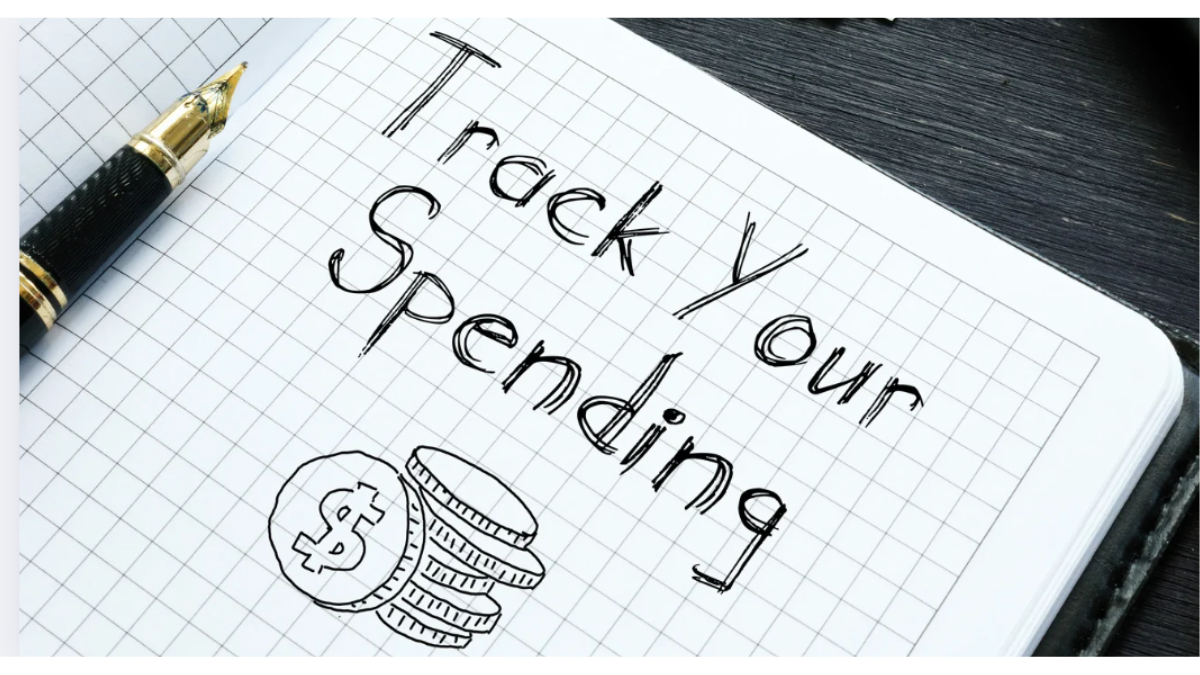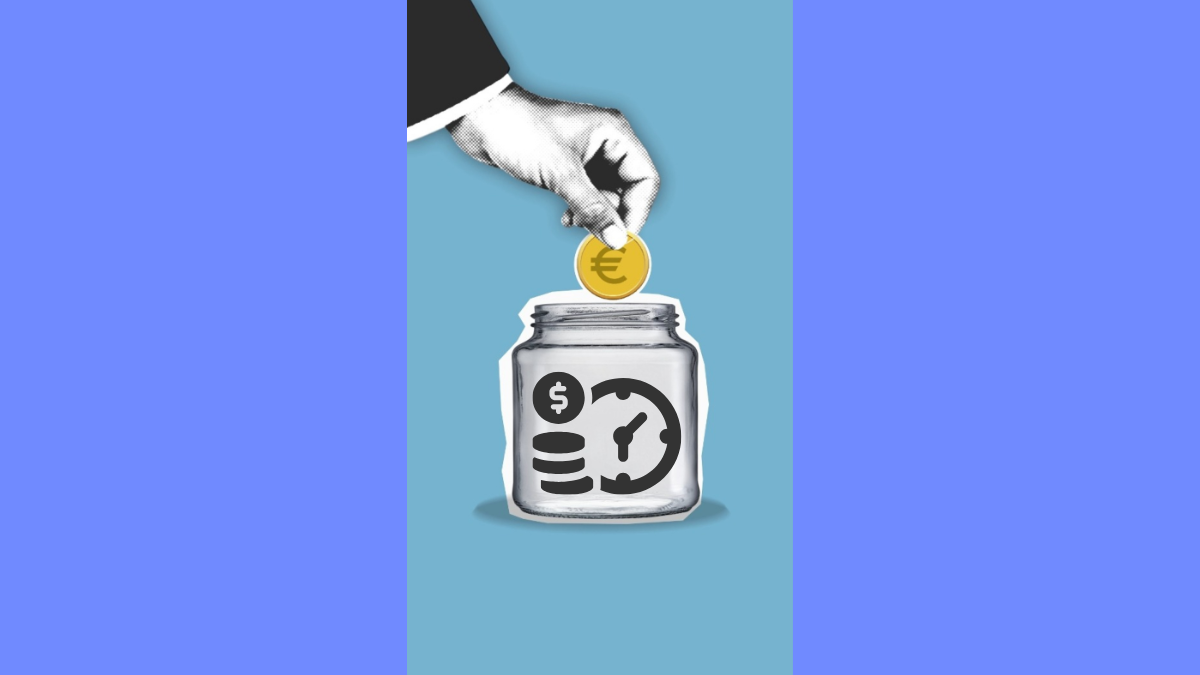What Is a Credit Score?
A credit score is a three-digit number that reflects how trustworthy you are as a borrower. In simple terms, it shows lenders how likely you are to pay back money you borrow. The most widely used credit scores in the U.S. range from 300 to 850, with higher numbers signaling stronger financial responsibility.
Think of it as your financial reputation. Just like a job reference tells employers if you’re reliable, your credit score tells banks, landlords, and even some employers whether you handle money responsibly.
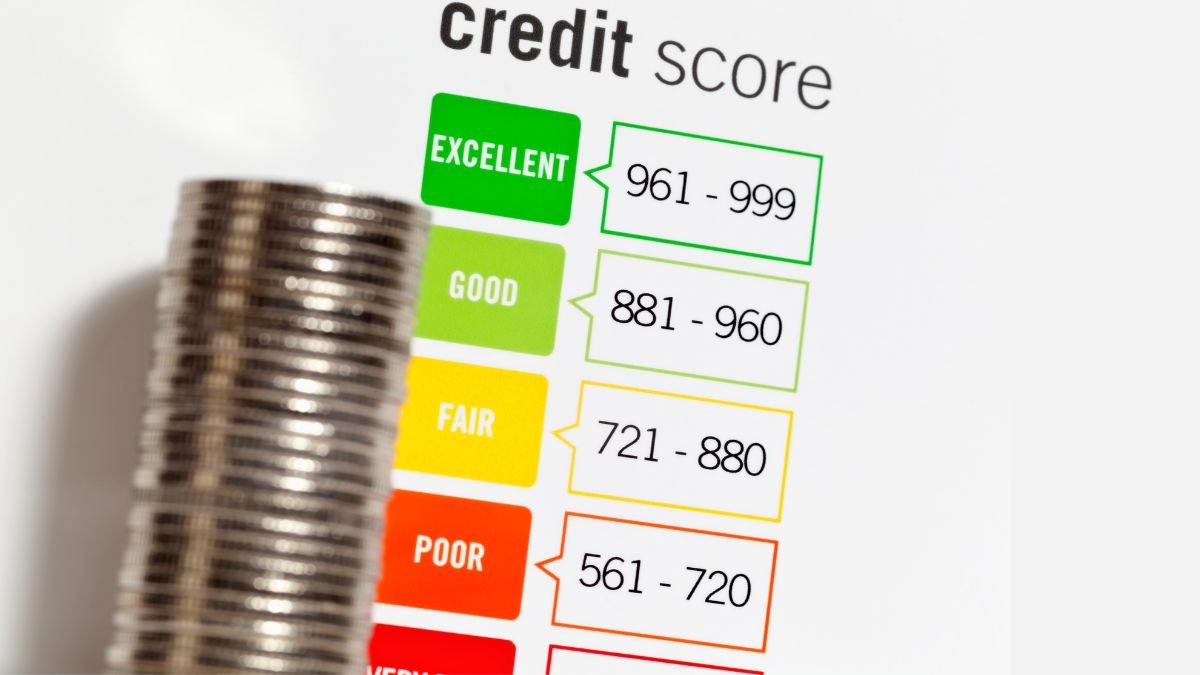
- Above 750 → Excellent credit: lenders trust you, and you’ll get the best interest rates.
- 670–739 → Good credit: you qualify for most loans and credit cards.
- 580–669 → Fair credit: you may get approved, but with higher rates and fewer options.
- Below 580 → Poor credit: you’ll face limited approvals and costly borrowing.
How Credit Scores Are Calculated (FICO vs. VantageScore)
There isn’t just one “credit score.” Instead, there are several scoring models, but the two most common are FICO and VantageScore. Both use similar data, yet they weigh certain factors differently, which explains why your score might vary depending on where you check it.
FICO Score
- Created by: Fair Isaac Corporation (used by 90% of lenders).
- Range: 300–850.
- Factors:
- Payment history (35%) – Have you paid on time? Late payments hurt the most.
- Amounts owed (30%) – How much credit you’re using compared to your limits (a.k.a. credit utilization).
- Length of credit history (15%) – How long you’ve had accounts open. Older accounts help.
- Credit mix (10%) – Having a mix (credit cards, loans, mortgage) can boost your score.
- New credit inquiries (10%) – Too many applications in a short time can lower your score.
VantageScore
- Created by: The three major bureaus (Equifax, Experian, TransUnion).
- Range: 300–850.
- Factors:
- Payment history – most important.
- Credit utilization – heavily weighted.
- Length of credit history – important, but less than FICO.
- Total balances/debt – a separate consideration from utilization.
- Recent credit applications.
- Available credit.
Why This Matters for You
- Different lenders, different models: A credit card company may use VantageScore, while a mortgage lender may look at FICO.
- Example: You might have a 710 FICO and a 690 VantageScore. Both show you’re a “good” borrower, but the lender may make a slightly different decision.
Why Your Credit Score Matters (Loans, Housing, Jobs)
A credit score might seem abstract, but it has very real consequences for everyday life. Whether you’re applying for a loan, renting an apartment, or even interviewing for certain jobs, that three-digit number plays a role in the decision.
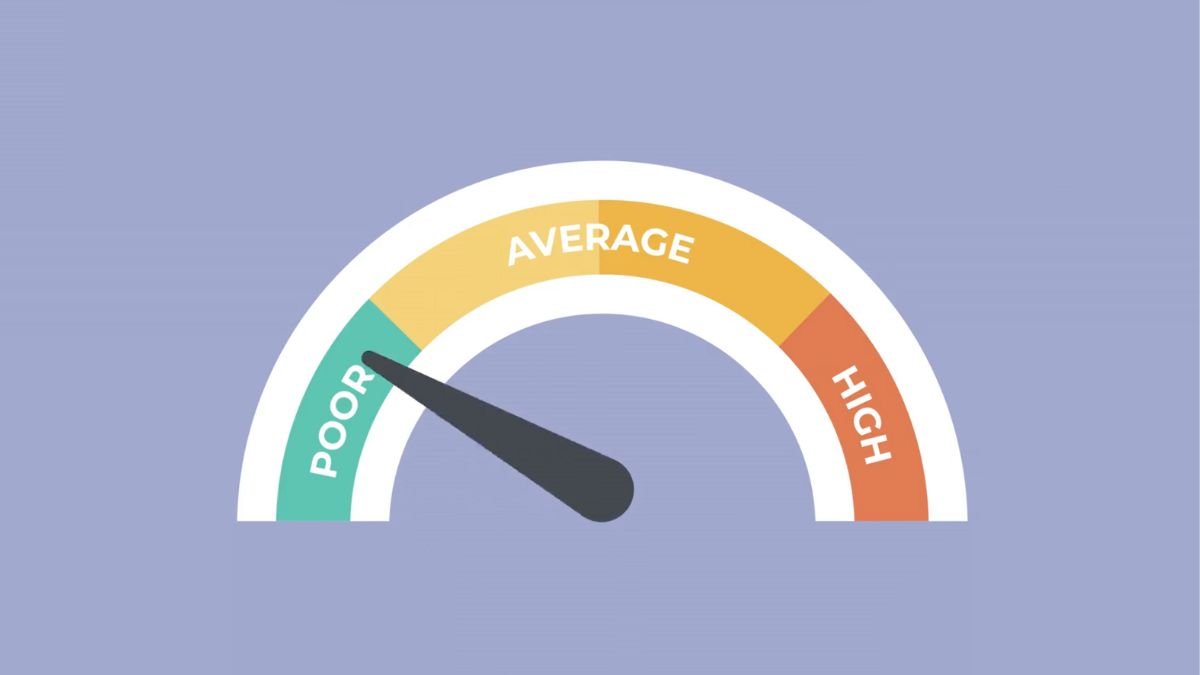
1. Loans & Credit Cards
- Lower interest rates: With excellent credit, you could qualify for a 5% auto loan instead of a 12% one. Over a five-year loan, that could mean saving thousands in interest.
- Higher approval chances: Lenders see a higher score as less risky, so your odds of approval rise.
- Better credit card offers: Premium rewards cards are typically reserved for applicants with strong credit.
2. Housing
- Renting: Landlords often check credit reports to ensure tenants are likely to pay on time. A low score could mean higher security deposits or even denial.
- Buying a home: Mortgage rates are directly tied to your credit score. Even a small difference can dramatically change monthly payments.
3. Employment
Some employers — especially in industries like finance or government — review credit reports as part of background checks. They’re not looking at your score itself, but at your overall responsibility with money.
4. Insurance & Utilities
In many states, insurers use credit-based insurance scores to set premiums. Utility companies may also require deposits from those with little or poor credit.
The 5 Key Factors That Influence Your Score
Your credit score isn’t random — it’s built from five major components. Understanding how each one works helps you focus on what really matters for improvement.
1. Payment History (35%)
- The single most important factor. Even one missed payment can lower your score by 50–100 points.
- Lenders want proof that you pay on time, every time.
- Tip: Automate payments or set reminders so you never miss a due date.
2. Credit Utilization (30%)
- This measures how much of your available credit you’re using. Example: If you have a $1,000 limit and carry a $500 balance, your utilization is 50%.
- The rule of thumb: Keep it below 30%, but under 10% is ideal.
- Pro Tip: Even if you pay in full each month, high balances at the reporting date can hurt your score. Paying mid-cycle can help.
3. Length of Credit History (15%)
- Older accounts add stability. Closing your oldest card can actually hurt your score.
- Example: A 10-year-old card plus a new card gives you an “average age” of 5 years. The higher the average, the better.
4. Credit Mix (10%)
- Lenders like to see a variety of accounts: credit cards, auto loans, student loans, mortgages.
- You don’t need every type, but a healthy mix shows you can handle different credit products.
5. New Credit / Inquiries (10%)
- Each time you apply for credit, a “hard inquiry” is added. Too many in a short time signals risk.
- A single inquiry may drop your score by 5–10 points, but the effect fades after a year.
Good vs. Bad Credit — What the Numbers Mean
| Score Range | Rating | What It Means for You |
|---|---|---|
| 800–850 | Exceptional | You’ll qualify for the very best loan and credit card offers. Lowest interest rates. Considered “elite” credit. |
| 740–799 | Very Good | You’ll likely get excellent terms, just slightly less than the top tier. Strong borrowing power. |
| 670–739 | Good | This is the “average” range. You’ll qualify for most loans and cards, but not always the best rates. |
| 580–669 | Fair | Lenders see you as risky. You may be approved, but with higher rates and fewer options. |
| 300–579 | Poor | Considered high risk. Approvals are rare, and costs (like interest or deposits) are much higher. |
Why These Ranges Matter
- Loans: A person with a 760 score may get a mortgage at 6.5%, while someone at 620 might pay 8.5%. On a $300,000 home loan, that’s a difference of $400+ per month.
- Credit Cards: Premium rewards cards often require 700+. Under 600? You may only qualify for secured or subprime cards.
- Life Opportunities: Poor credit can mean higher deposits for utilities, or even rejection for rental housing.
Common Credit Score Myths
Credit scores are surrounded by confusion. Many people follow outdated or flat-out wrong advice that can actually hurt their financial progress. Let’s clear up some of the biggest myths;

Myth 1:
Closing old accounts improves your score.- In reality, closing old accounts can shorten your credit history and increase your utilization percentage. Both may lower your score.
- Better approach: Keep old accounts open, even if you don’t use them often.
Myth 2:
Carrying a balance boosts your score.- False. Carrying debt just means you’re paying interest for no reason.
- Credit bureaus reward low balances and on-time payments, not ongoing debt.
Myth 3:
Making more money raises your score.- Your salary isn’t part of the formula. A person making $40,000 can have an 800 score, while someone making $200,000 can have a poor score.
- What matters is how you manage credit.
Myth 4:
Checking your score hurts it.- Only hard inquiries (applications for loans/cards) affect your score. Checking your own score is a soft inquiry and has zero impact.
Myth 5:
You need to go into debt to build credit.- Wrong. Simply making purchases and paying them off each month is enough. No debt required.
How to Check Your Credit Score Safely
Knowing your credit score is the first step to improving it — but many people hesitate because they think checking it will hurt their credit. The truth; checking your own score is safe and encouraged.
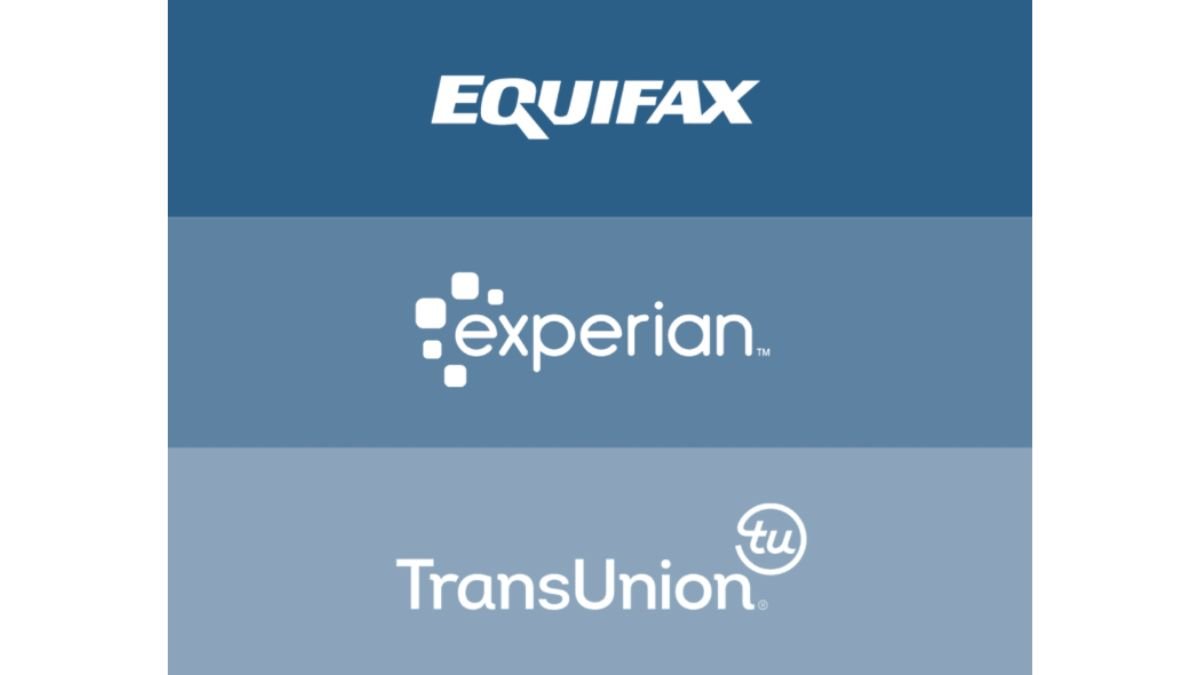
The Three Credit Bureaus
In the U.S., credit scores are based on reports from:- Equifax
- Experian
- TransUnion
- AnnualCreditReport.com – The only federally authorized site to get a free credit report from all three bureaus once a year.
- Credit Card Issuers & Banks – Many provide free FICO or VantageScore updates (e.g., Discover, Capital One, Chase).
- Credit Apps – Tools like Credit Karma or Credit Sesame offer free access (usually VantageScore).
- Always use secure, trusted websites — avoid shady “free score” ads.
- Remember that soft inquiries (checking your own score) don’t hurt your credit.
- Review your full report at least once a year to check for errors or fraud.
Steps to Improve Your Credit Score
If your credit score isn’t where you want it to be, the good news is that improvement is always possible. While it won’t change overnight, consistent positive habits can move your score upward in just a few months.
1. Pay Every Bill on Time
- Set up autopay or reminders to avoid late payments.
- Even one missed payment can drag your score down for years.
2. Keep Balances Low
- Aim to use less than 30% of your available credit.
- Best practice: pay down balances before the statement closes so low utilization is reported.
3. Avoid Opening Too Many Accounts
- Space out applications to reduce hard inquiries.
- Instead of chasing multiple cards, focus on building with one or two.
4. Monitor Your Credit
- Check your reports regularly for errors.
- Dispute inaccuracies — removing a single wrong late payment can boost your score significantly.
5. Build Long-Term History
- Keep older accounts open and in good standing.
- Length of credit history grows stronger the longer you maintain active accounts.

A government guide to understanding credit scores, reports, and how they impact your financial life.
Learn More
Detailed breakdown of credit score ranges, factors, and tips directly from a major credit bureau.
Learn More
In-depth explanation of FICO scoring models, including what lenders really look at.
Learn More

